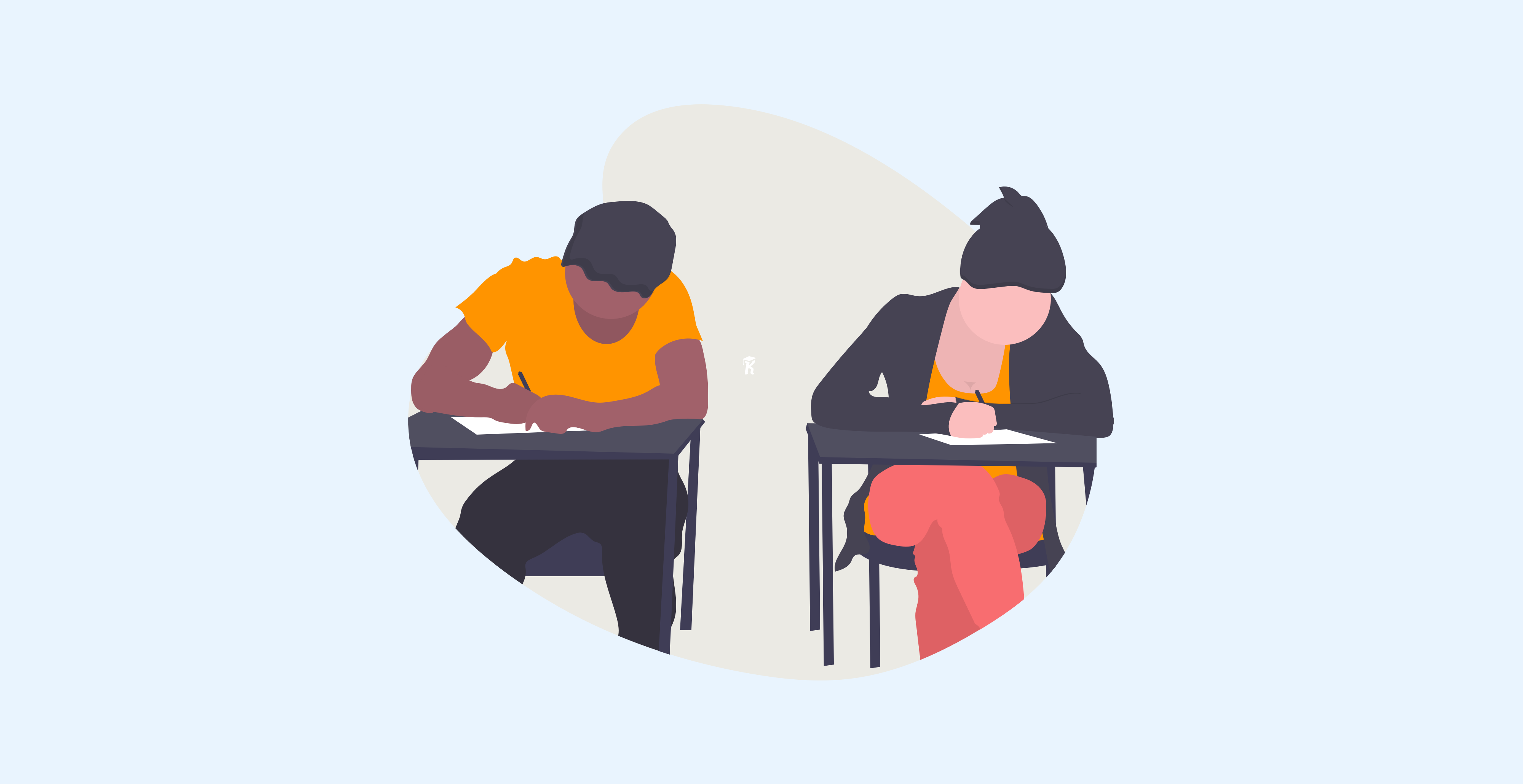5 min read
Why Peer Learning is Essential to a Modern College Curriculum
By: Priya Thomas on May 17, 2019 10:15:52 AM

College curriculum is not the same as it was 10 years ago, or even five years ago. Isn’t that how it should be?
Today’s needs cannot be met by the college curriculum of five years ago. Furthermore, as colleges and universities are the birthplace of new theories, research, and ideas, it would only follow that institutions evolve their curriculum to continuously improve and adapt to changing times.
What are some features of a modern curriculum? The rise of technology integrated into the student experience, an emphasis on the value co-curricular engagement, and a growing offering of online or hybrid programs are all part of the new direction of higher education.
Peer learning is part of this picture. In fact, it is absolutely essential to a modern college curriculum. Here’s just three reasons why:
Human Connection is Important
Peer learning infuses more human connection into today’s college experience. This is a match for Generation Z because, while they are tech-oriented, they strongly value relationships and in-person interaction, which may make their experience as “the loneliest generation” even more challenging. The opportunity for peer-to-peer exchange can create an environment that allows for vulnerability and support— providing feedback, sharing insight, and learning from the experience of others. Overall, peer interactions help to humanize the process of learning.
There is a natural social component to learning as well. In her dissertation, Valeria A. Russ states that while the goal of tutoring is to “assist students to improve academically,” it is also a “social process where motivation and learning skills improve through social interaction.” A modern college curriculum not only includes and encourages opportunities for learning through social interaction, but it understands that these opportunities are rich in what they provide. According to Frontiers in Psychology, collaborative learning has a neuroscientific component that provides greater benefits by creating feelings of well-being, contentment, and even excitement.
We cannot forget that peer learning also invites human connection since utilizing this support is a form of help-seeking behavior. The co-curricular modern college experience recognizes that, whether it is for mental health, adjusting to campus, or academics, “help-seeking is a sign of social competence.” In addition, students who may not even identify themselves as part of a community or group but are working with peers (especially those with whom they have an existing friendship) enjoy the benefits of an “implicit community.” While human interaction is a given for in-person learning, technology empowers online programs to build opportunities for connection as well.
Peer Learning is the Modern Route
Peer learning itself is a modern choice. Executing peer learning through the use of technology makes exchanging knowledge more reflective of the sharing economy model than ever before, empowering this mode of support to be more accessible and appealing to students of the iGeneration.
In addition, peer learning is embedded in many of today’s high-impact practices (HIPs), which have been widely tested to show great benefits for students. According to the NSSE, traits of HIPs include encouraging collaboration with a diverse group of people, facilitating learning outside the classroom, and engaging in meaningful interaction with faculty and students.
Peer learning is also becoming the modern choice because the benefits are clear. Research has shown that peer tutoring is more effective than professional tutoring. It was also found that peer-tutored students have more confidence in their ability to master the material and that the social component was key; the closer the tutor and tutee are in age, the greater the results.
Peer Learning Meets Today’s Expectations
Campuses would be wise to maximize peer learning since it can help them meet the expectations of today’s students. Career outcomes is one such area of opportunity, since peer learning creates an incubator for tackling the skills gap with its opportunities to exercise soft skills for both the student helpers as well as the peers they are helping.
Institutions add to their ability to develop students for the workforce if they include professional development for peer helper positions. Groups like Iowa GROW (Guided Reflection on Work) view such efforts as a way to increase the value of these roles and “make student employment a high-impact activity.”
Conversations in their process are guided by the following four questions:
- How is this job fitting in with your academics?
- What are you learning here that’s helping you in school?
- What are you learning in class that you can apply here at work?
- Can you give me a couple of examples of things you’ve learned here that you think you’ll use in your chosen profession?
The insight and understanding peer helpers gain from processes like these increase the value of what they can bring to the table as future employees.
Peer learning also supports a modern college curriculum by strengthening the campus community and building a culture of learning. The peer support it creates not only encourages learning but also forges bonds between students. These kinds of learning experiences provide great opportunities to develop the emotional intelligence needed in today’s workplace.
Related Posts
The Role of Peer Tutoring in First Year Student Success
Starting college can feel like a journey of a thousand miles and the one step that begins it all is that very first year. More specifically, it’s...
Why Knack Makes Sense For Students
Three years into my college experience, with 30+ courses under my belt, I’m still entirely unsure of where one could go to find individual,...
Hang On, Higher Ed
Higher education’s decade-long journey to course correct just took an interesting turn.